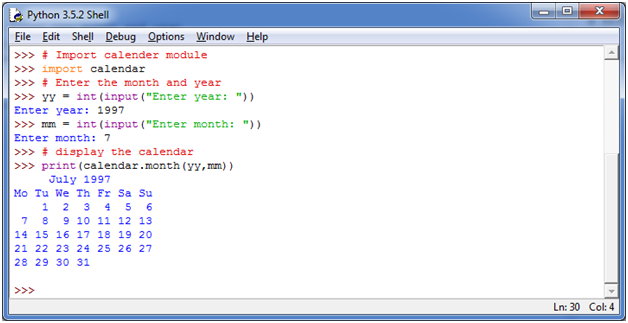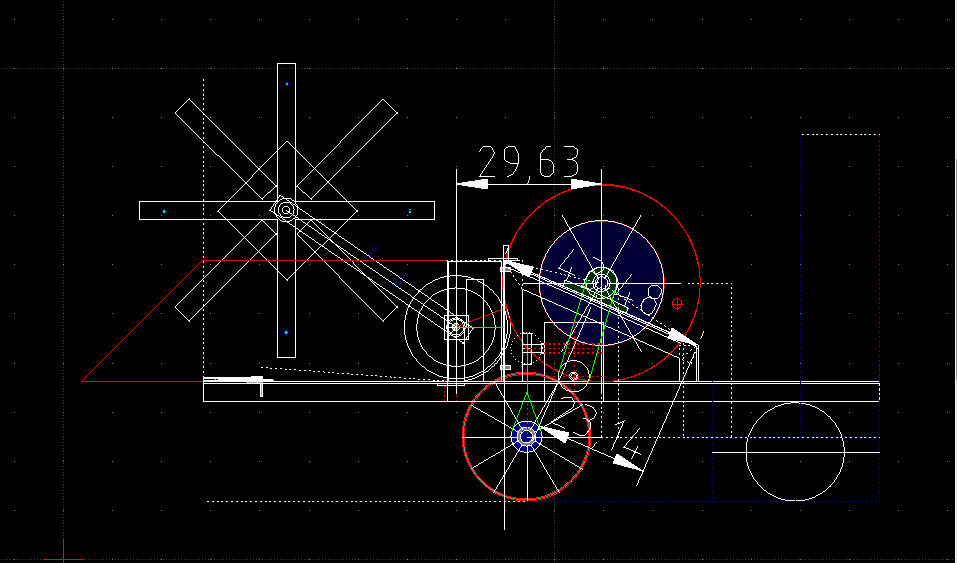
# No SMBIOS nor DMI entry point found, sorry. Product Name: OptiPlex 780 lsusb Bus 010 Device 006: ID 0951:1666 Kingston Technology DataTraveler 100 # On a USB 2 port sudo dd if=/dev/sdc1 of=/dev/null bs=64k count=4096 4096+0 records in 4096+0 records out 268435456 bytes (268 MB, 256 MiB) copied, 7.03517 s, 38.2 MB/s # On a USB 3 port sudo dd if=/dev/sdc1 of=/dev/null bs=64k count=4096 4096+0 records in 4096+0 records out 268435456 bytes (268 MB, 256 MiB) copied, 2.08661 s, 129 MB/s # Haiku - the exact same USB stick # /> dmidecode # dmidecode 3.2 Scanning /dev/misc/mem for entry point. So I do some tests: # Linux # sudo dmidecode (.) Handle 0x0100, DMI type 1, 27 bytes System Information Manufacturer: Dell Inc. Disabling it resulted in a way snappier system, I wonder whether something is wrong with my system, since other reviewers have constantly lauded Haiku for its snappiness. Now, I hear that there is a new development that will improve the SSD performance by a factor of well over 10, so I am holding my breath…
Display code of points in librecad iso#
Display code of points in librecad software#
Now, it’s arguable whether 3D printing applications are in the “long tail”, but a software written to optimize the schedule of one particular school certainly is. Personally, I am convinced that the classic “maintainer” model, where someone from a Linux distribution built and maintained packages for a certain operating system, just does not really scale, especially in the long tail of applications.

How would a company like Ultimaker, which is producing the popular open source 3D slicer software Cura, go about making a Haiku version? Ideally, the Haiku build would be just one more option in the already-existing Travis CI or GitLab CI build matrix. However, to be a successful platform, upstream application developers need to be empowered to produce haiku versions easily. Now, the Haiku development team is surely doing a great job of bringing many popular applications to the platform. What can we do to make Haiku succeed in terms of available applications? Win developers, simple.

I guess on day three it’s time for a reality check.

When I found out about Haiku, I tried it and was impressed immediately - especially with the “it just works” desktop that clearly is way and above any Linux desktop I know of conceptually. The Haiku operating system being demonstrated by DistroTube.


 0 kommentar(er)
0 kommentar(er)
